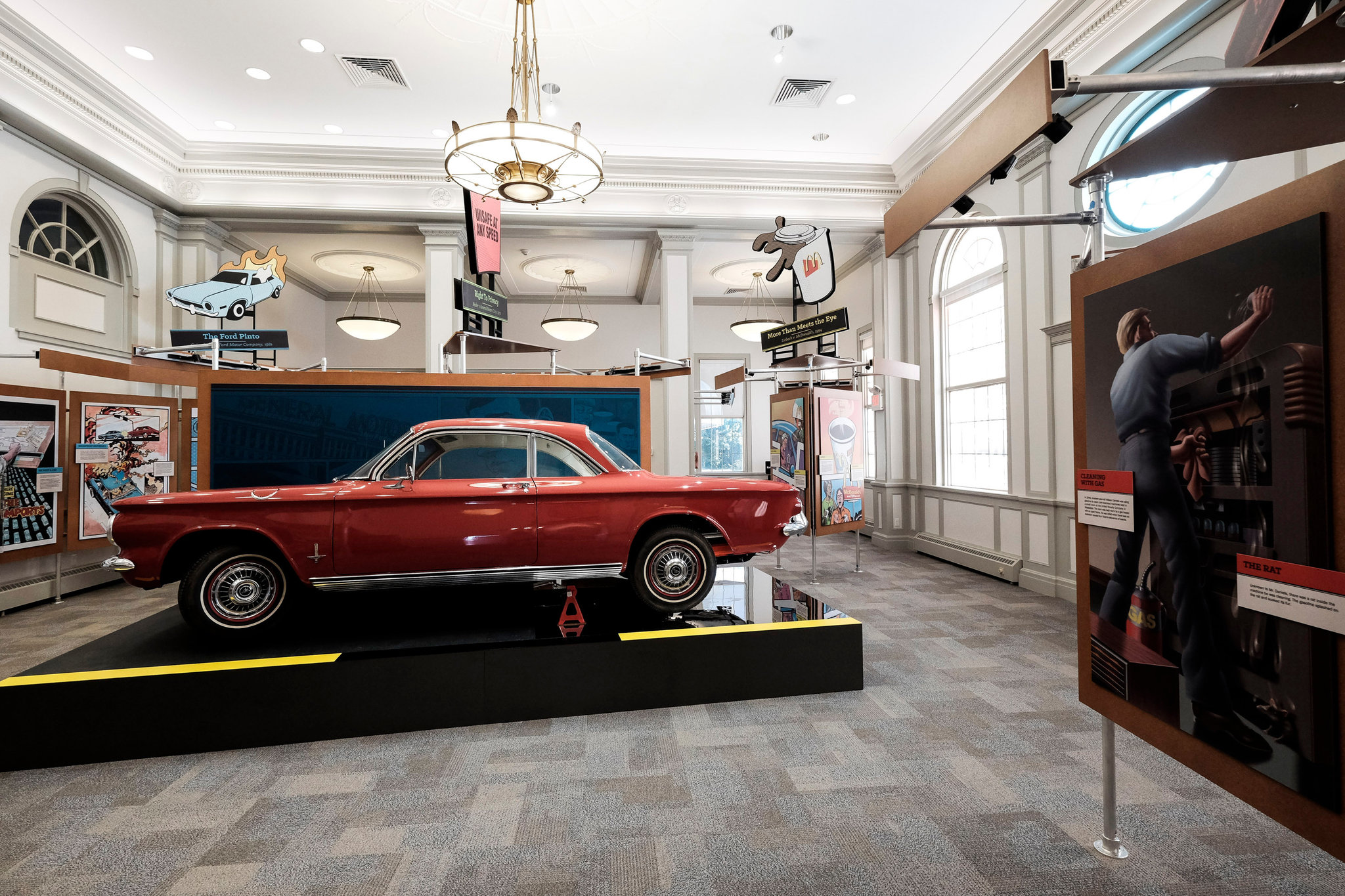The American automotive industry has a rich history and was largely responsible for the popularity of motor vehicles across the globe in the 20th century. Ford, General Motors, and Chrysler—known as the “Big Three” American automakers—had the most profound influence on the industry. Read on for a closer look at how they changed the world.
The Birth of the American Automotive Industry
The modern American auto industry’s origins date back to the turn of the 20th century. While the foundation was laid in the 1860s and ‘70s with early automobiles, automobile manufacturing grew at an exponential pace due to the availability of cheap raw materials as well as the Industrial Revolution.
Both of these factors allowed American automakers to churn out massive numbers of automobiles at cheaper prices than their European counterparts. In addition, American companies did not have to worry about tariffs when shipping their vehicles across state lines. This combination of favorable conditions allowed the United States to quickly become a global leader in auto manufacturing.
Early Competition among American Automakers
The early days of the American auto industry were marked by fierce competition. In 1908 there were 253 active automobile manufacturers. However, fierce competition eventually filtered this number down to 44 by 1929. Eventually, Ford, General Motors, and Chrysler came to dominate the industry, accounting for about 80 percent of the automobiles produced on American soil.
After World War II, the American auto industry became dominant on a global scale over other major auto-producing nations. By 1950, nearly 75 percent of all of the world’s automobiles were made in the United States. The American auto industry would continue to grow and evolve through the mid-20th century, before being overtaken by the Japanese auto sector in the 1980s.
Ford Motor Company’s Influence on American Automotive History
When it comes to titans of the American auto industry, no name carries more weight than Ford. Henry Ford’s journey as an automotive pioneer began in 1896 when he invented the first gasoline-powered horseless carriage, the Quadricycle. Ford was an engineer at the Edison Illuminating Company at the time and left to establish the Ford Motor Company in 1903. Just one month after its founding, Ford released its first car—the two-cylinder, eight-horsepower Model A.
While the Model A was a revolutionary vehicle, 1908’s Model T may have had one of the strongest impacts on the industry. The Model T was designed to be affordable to a wide, middle-class audience, while earlier vehicles were only affordable to the wealthy. The overnight success of the Model T led to Ford ramping up production to meet unprecedented demand.
This transition to mass production changed the American auto industry forever. Large production plants were built, more workers were hired, and wages were raised. In addition, Ford introduced standardized and interchangeable parts and the assembly-line production model for automobiles. These innovations made it possible for Ford to produce each Model T at a staggering rate of 24 seconds.
How General Motors Became an Automotive Leader
The history of General Motors begins during the same period as Ford’s early days. The company was formed in 1908 after founder William Crapo Durant bought out 30 other auto manufacturers over two years. These companies included major automakers that are still popular today, such as Buick and Oldsmobile.
General Motors evolved significantly over the next 20 years, creating standards of quality and production methods that allowed for the rapid production of premier automobiles, along with the creation of the General Motors Truck Company (today known as GMC). In 1925 GM collaborated with the Standard Oil Company of New Jersey to form the Ethyl Gasoline Corporation, which made higher-octane ethyl fuels possible. This type of gasoline was much cleaner and more efficient than its predecessors.
GM became America’s first billion-dollar company in 1955. Over the rest of the 20th century and into the 21st, the automaker and its affiliates would produce some of the country’s most iconic cars, such as the Cadillac, Corvette, and Camaro.
A Brief History of Chrysler
The third of the Big Three, Chrysler was officially formed later than the other two, in 1925. Chrysler was an innovator of groundbreaking car accessories and parts, such as:
- High-compression engines
- Carburetor air filters
- Engines with full-pressure lubrication
- Oil filters
- The first mass-produced four-wheel hydraulic brakes
- Rubber engine mounts
Chrysler’s dedication to advanced engineering propelled the company to become the No. 2 US automaker by 1936, where it remained until 1949. Today, Chrysler, which is a subsidiary of Stellantis, continues to sell vehicles worldwide under the Jeep, Dodge, Chrysler, Ram, and Fiat nameplates.
